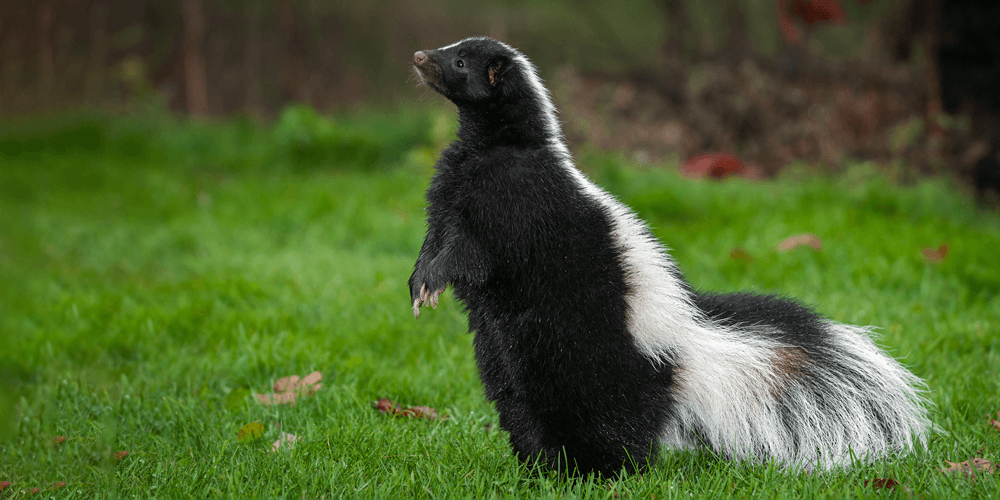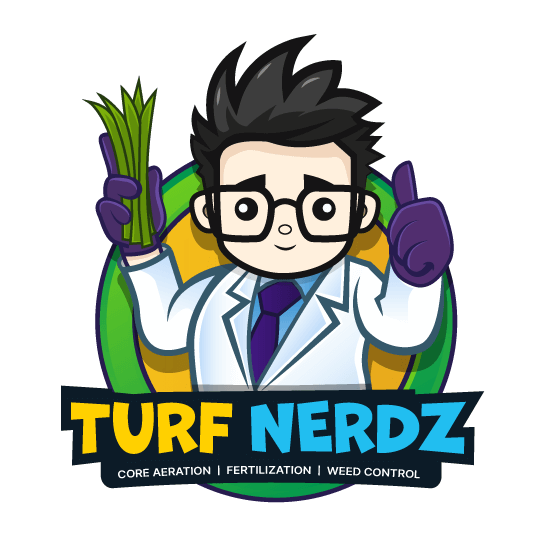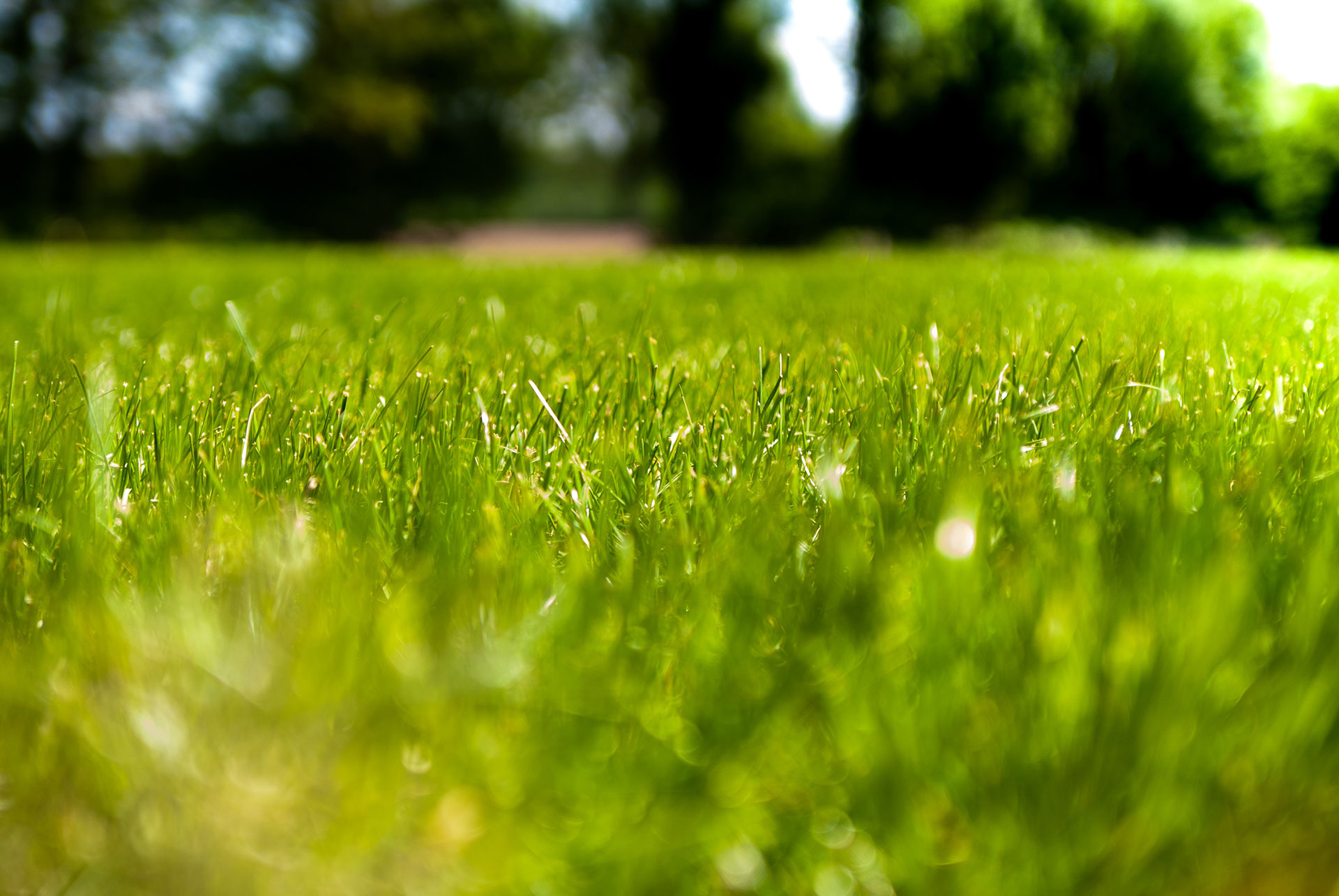
Skunks
Skunks are probably the least popular of our wild animals because of the disagreeable scent the discharge when provoked. Yet, skunks are very beneficial: Stomach analyses have shown that nearly half of their diet is insects, one-fifth is mice and one-fifth fruit. They particularly like potato beetles, grasshoppers, and white grubs.
Skunks are considered a nuisance because of their habit of burrowing in flower beds, lawns, and golf courses in search of insect larvae and insects. This grubbing activity is most common in the spring and fall when larvae are found near the soil surface. Their digging normally results in 3-to-4-inch cone-shaped holes or patches of overturned sod. Skunk damage is sometimes mistaken for that of other pests, such as moles, in which case control efforts are fruitless.
Control of skunks is best achieved by removal and relocation, exclusion, or destruction – in that order. Removal and relocation is a desirable measure, as it preserves the inherent value of the animal in a location other than your lawn where it can contribute its part to the ecosystem.
Skunk removal is best accomplished with live traps. Traps that kill or maim can result in serious odor problems. Box or live traps should be baited with a chicken head, a dead mouse, a portion of meat or fish based canned pet food, canned or fresh raw fish, bacon, chicken parts or whole eggs.
The main concern when trapping skunks is their odorous spray. Skunks don’t like to “shoot” if they can’t see their target, so cover traps, except the entrance, with a canvas or burlap sack before setting. After a skunk is captured, gently slip an old tarp or blanket over the trap. Skunks are relatively easy to trap and, when the trap is handled with a minimum jarring or shaking, are unlikely to spray their musk when being transported to a remote area and released. The release site should be more than 10 miles from the captured site. When releasing, stand more than 20 feet from the trap and use a string or fishing line to release the trap door.


